Introduction to Flatbed Kingpin Trailers
Flatbed kingpin trailers, a robust staple in the freight transport industry, have been pivotal in enhancing the efficiency and versatility of cargo handling. These trailers facilitate the movement of oversized and heavy loads, an essential requirement for various sectors such as construction, agriculture, and logistics. Understanding their structure and functionality is vital for anyone involved in transport and logistics, whether as a buyer, operator, or fleet manager.
What is a Flatbed Kingpin Trailer?
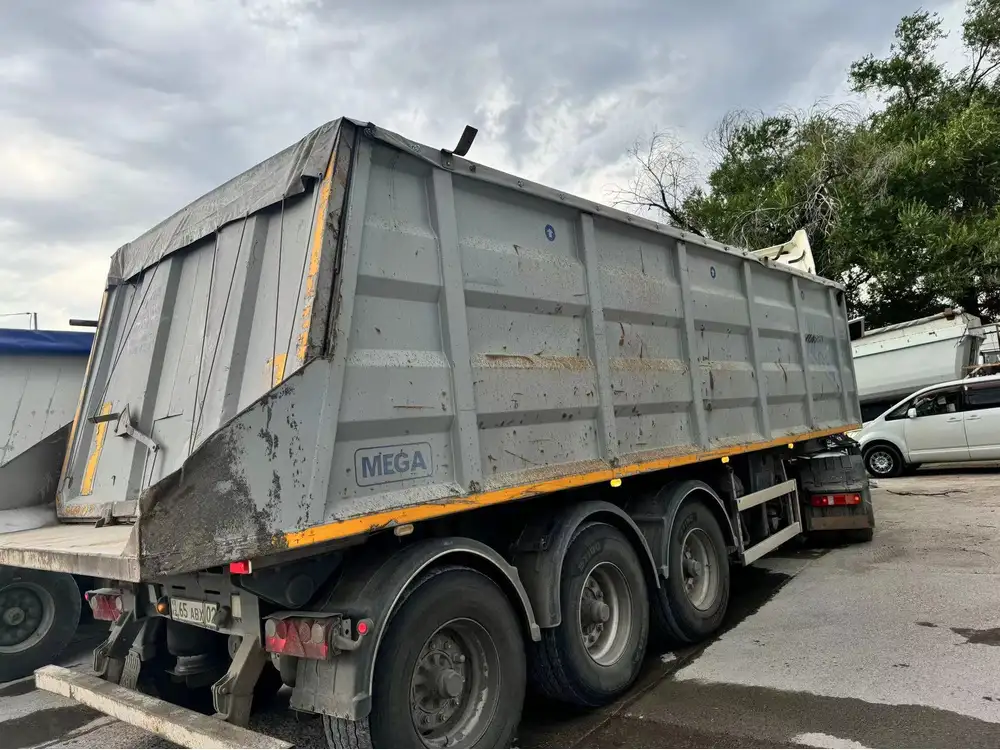
Definition and Structure
A flatbed kingpin trailer is characterized by its flat, open platform that allows for loading and unloading of freight from all sides. The kingpin, an integral part of the trailer’s design, connects the trailer to the truck’s fifth wheel hitch. This kingpin connection allows for better maneuverability and weight distribution, making it ideal for transporting heavy or bulky items.
Key Components:
- Flatbed Platform: Provides a solid base for securing cargo.
- Kingpin Connection: Interfaces with the truck and affects overall stability while on the road.
- Side Rails: Often included to facilitate loading and prevent minor cargo shifts.
- Tie-Down Points: Essential for securing cargo using ropes, chains, or straps.
- Wheels and Suspension System: Vital for load support and overall trailer dynamics.
Specifications and Variations
Different models of flatbed kingpin trailers exist, catering to various load capacities, sizes, and material compositions. Understanding these specifications influences purchasing decisions significantly.
| Specification | Description |
|---|---|
| Length Options | Typically range from 20 to 53 feet |
| Width | Standard width of 8.5 feet |
| Load Capacity | Ranges from 10,000 lbs to 80,000 lbs, depending on model |
| Material | Steel, aluminum, or composite materials |
| Suspension Systems | Air, spring, or mechanical options available |
Advantages of Flatbed Kingpin Trailers
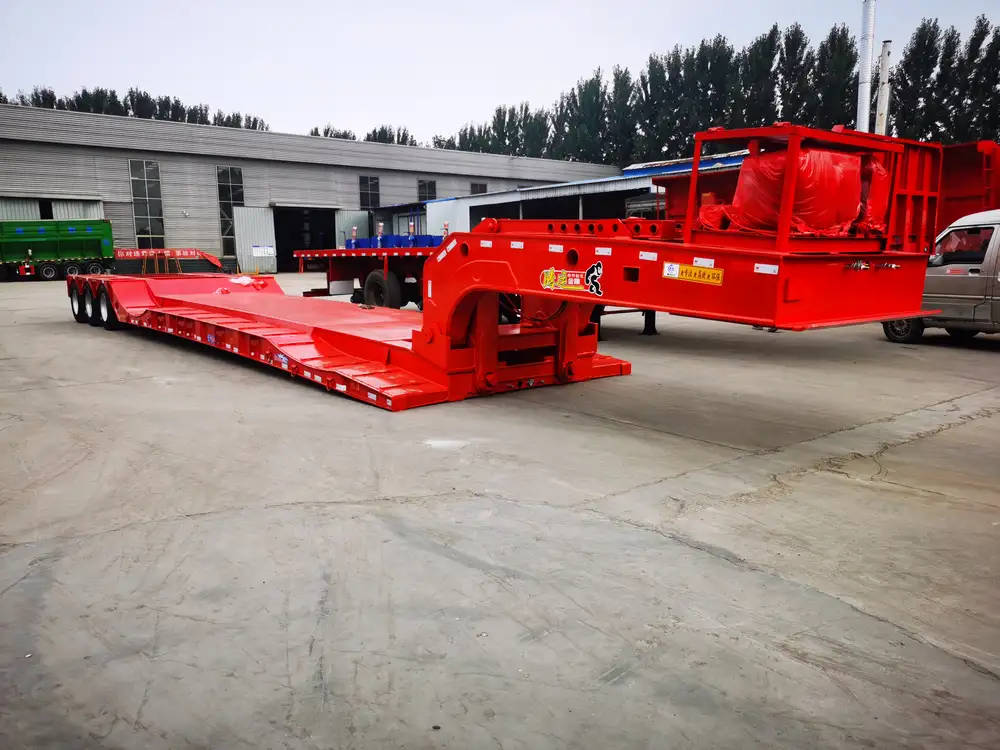
Unmatched Versatility
Flatbed kingpin trailers are non-enclosed, allowing for easy access to cargo. This versatility makes them ideal for various applications such as:
- Construction Equipment Transport: From bulldozers to scaffolding, transport is seamless.
- Agricultural Products: Facilitates the movement of large, bulky agricultural machinery or produce.
- Warehousing and Distribution: Easily navigate loading docks due to their open design.
Enhanced Loading Ease
With their open-top design, flatbed trailers offer a plethora of loading options. Forklifts, cranes, and rollback systems can all be utilized for quick cargo handling, reducing overall downtime in loading and unloading processes.
Improved Weight Distribution
The kingpin allows for better weight distribution across the trailer, reducing the risk of tipping and enhancing the safety of transport operations. This feature is particularly crucial while navigating tight turns or uneven terrain.

Choosing the Right Flatbed Kingpin Trailer
Factors to Consider
Selecting the appropriate flatbed kingpin trailer to suit operational needs entails a variety of considerations, including but not limited to:
- Type of Freight: The nature of the goods being transported dictates the type of flatbed needed.
- Distance and Terrain: Longer distances and challenging terrains require more robust trailers with advanced suspension systems.
- Budget Constraints: It’s essential to balance quality with financial limits; investing in a high-quality trailer can yield economic advantages in the long run through lower maintenance costs.
Popular Flatbed Kingpin Trailer Models
| Model | Load Capacity | Features | Average Price |
|---|---|---|---|
| Utility Flatbed | 40,000 lbs | Lightweight, versatile design | $25,000 |
| Heavy-Duty Flatbed | 60,000 lbs | Reinforced structure for heavy loads | $40,000 |
| Gooseneck Flatbed | 30,000 lbs | Enhanced steering capability | $28,000 |
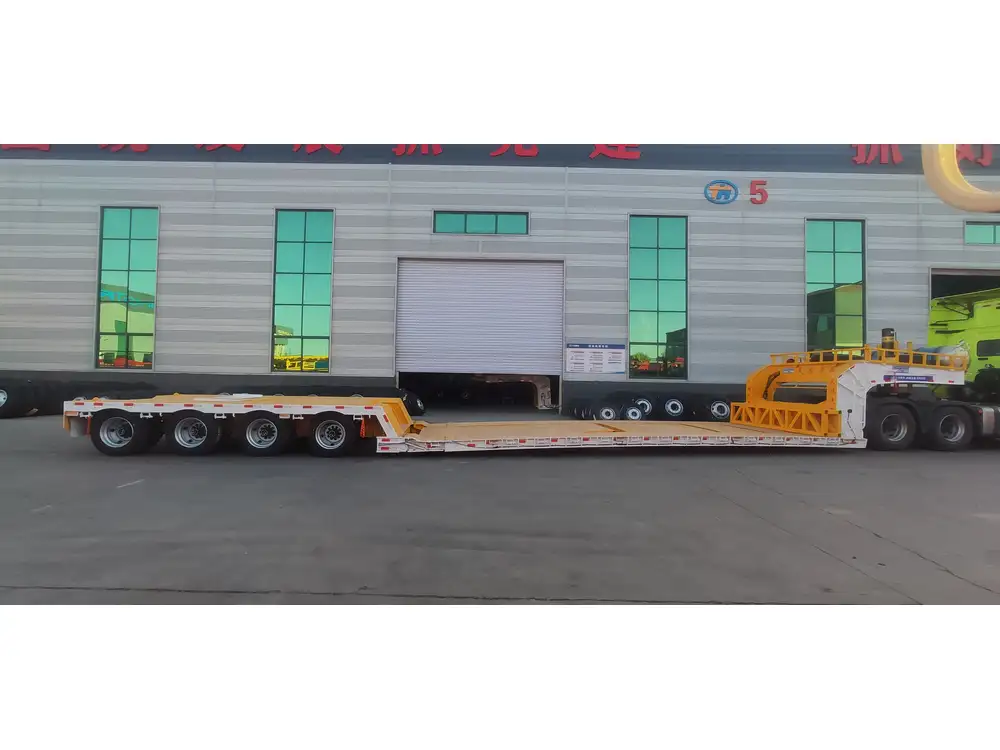
Legal Considerations and Safety Regulations
Compliance with Transportation Laws
Operators should remain informed about federal and state regulations regarding trailer dimensions, load limits, and safety equipment. Adhering to these laws not only ensures legal compliance but also maximizes safety on the road.
Safety Features to Consider
Enhancing safety while operating flatbed kingpin trailers involves incorporating various features:
- Anti-lock Braking Systems (ABS): Provides better control during sudden stops.
- Reflective Tape and Markings: Critical for roadside visibility.
- Load Security Tools: Tarps, straps, and chains are necessary to prevent cargo movement during transit.

Maintenance of Flatbed Kingpin Trailers
Regular Inspection and Upkeep
To ensure a long service life, regular maintenance checks are paramount. A structured maintenance program should include:
- Visual Inspections: Check for any signs of wear or damage.
- Tire Maintenance: Monitor tire pressure and tread for safe travel.
- Brake System Checks: Vital for safe operation, ensuring that brakes are functioning correctly.
Common Maintenance Tasks
| Task | Frequency | Importance |
|---|---|---|
| Tire Rotation | Every 5,000 miles | Prevents uneven wear |
| Brake Inspection | Every 10,000 miles | Ensures safety and compliance |
| Lubrication of Moving Parts | Every 3 months | Promotes smoother operations and longevity |
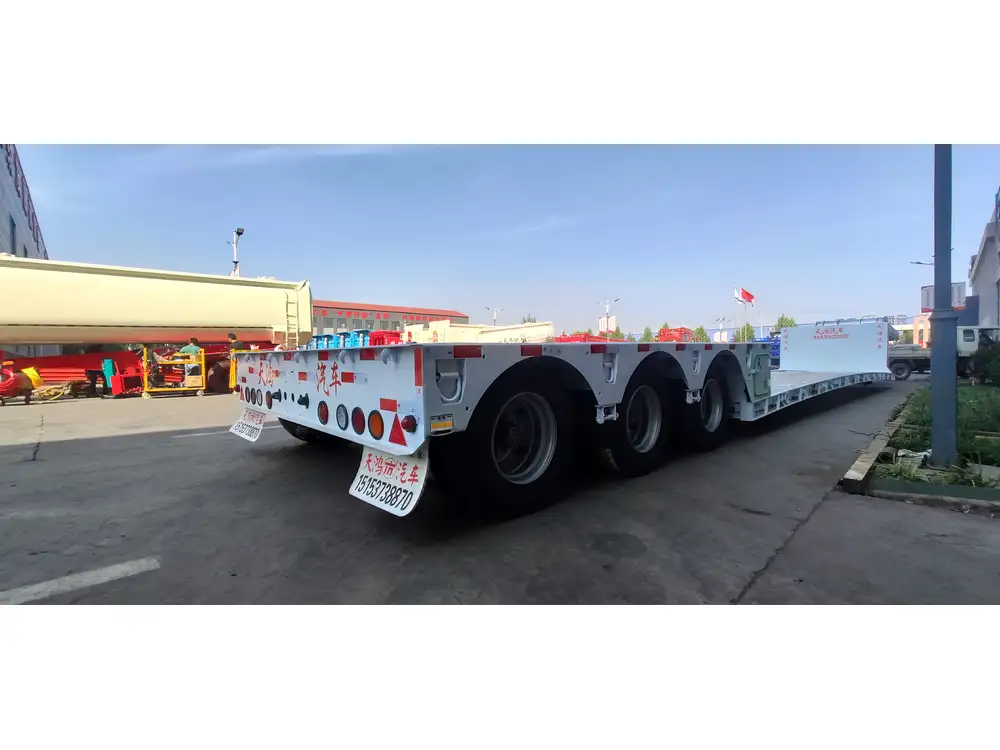
Troubleshooting Common Issues
Identifying Flatbed Kingpin Trailer Problems
Operators may encounter various challenges when using flatbed kingpin trailers. Recognizing and addressing these issues promptly can prevent misfortune on the road.
Common Issues:
- Wobbling While Driving: Often indicates problems with the kingpin or suspension.
- Uneven Load Distribution: May cause handling difficulties; always ensure the cargo is secured and evenly distributed.
- Brake Failure: Regular inspections help catch this serious issue before it leads to accidents.
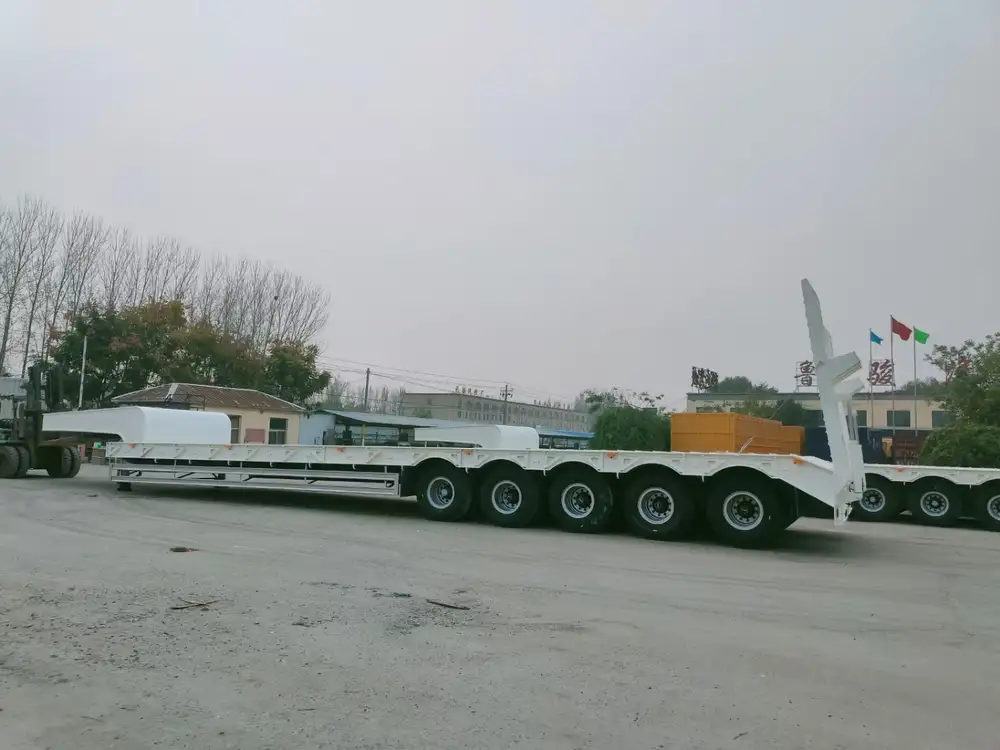
Solutions and Recommendations
- For Wobbling: Inspect the kingpin and repair or replace if necessary.
- For Load Distribution: Utilize advanced loading techniques and tools to secure cargo evenly.
- For Brake Issues: Schedule immediate professional service for brake systems.
The Future of Flatbed Kingpin Trailers
Technological Innovations
The transport industry is rapidly evolving, and flatbed kingpin trailers are no exception. Innovations such as:
- Smart Technology: Integration with GPS and telematics for real-time tracking and reporting.
- Auto Load-Balancing Systems: Enhancements for weight distribution during transit.
- Sustainable Materials: A push towards using recycled and eco-friendly materials in trailer construction.

Environmental Considerations
With an increasing focus on sustainability, future flatbed kingpin trailers could incorporate designs aimed at reducing carbon footprints, aligning with global initiatives for safer transport practices.
Conclusion
Flatbed kingpin trailers stand as an integral asset in the logistics and transportation realm. Their versatility, efficiency in handling oversized loads, and robust design make them indispensable for businesses engaged in varied sectors. By understanding the intricacies of these trailers, from specifications to maintenance, operators and companies can maximize their potential, ensuring safe and effective transport of goods.
Investing in the right equipment and adhering to advanced practices for maintenance and operation will lead to enhanced safety, productivity, and, ultimately, business success. As the industry evolves, staying informed about innovations will help in leveraging the best available technology for transporting goods efficiently and sustainably.



